Speaker
Description
Modern extended X-ray absorption fine structure (EXAFS) analysis is based on multiple-scattering calculations. Those calculations are carried out for fixed atomic configurations and proper account of the thermal and static disorder, corresponding to well-defined pair and higher-order distribution functions, can be obtained using different methods. The application of the Reverse Monte Carlo (RMC) method is able to provide tridimensional models of the atomic structure compatible with a given set of experimental data, producing useful and consistent structural models. This method has been proposed and applied also to EXAFS data by several authors in the last 25 years and has been fully implemented in the framework of the RMC-GnXAS method for EXAFS data-analysis. Here we present the extension and application of this method to multiple-edge studies of molecules, crystalline solids and liquids, including the long-range constraints provided by other techniques (e.g. diffraction). The potential and possible weaknesses of the RMC method are discussed, as well as the importance of accounting for the effect of noise levels in XAFS data. Results of RMC refinements are reported for several exemplary cases including Br2 and GeI4 molecular gases, crystalline Ge and AgBr, amorphous Ge and liquid AgBr. Those applications show the general interest for this method, and the importance of combining multiple set of data for improving the accuracy of the structural refinement both at short and long range. Recent developments and applications showing direct effects of triplet correlations will be also briefly discussed.

